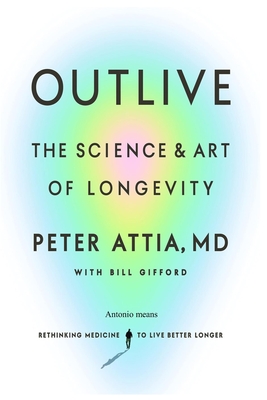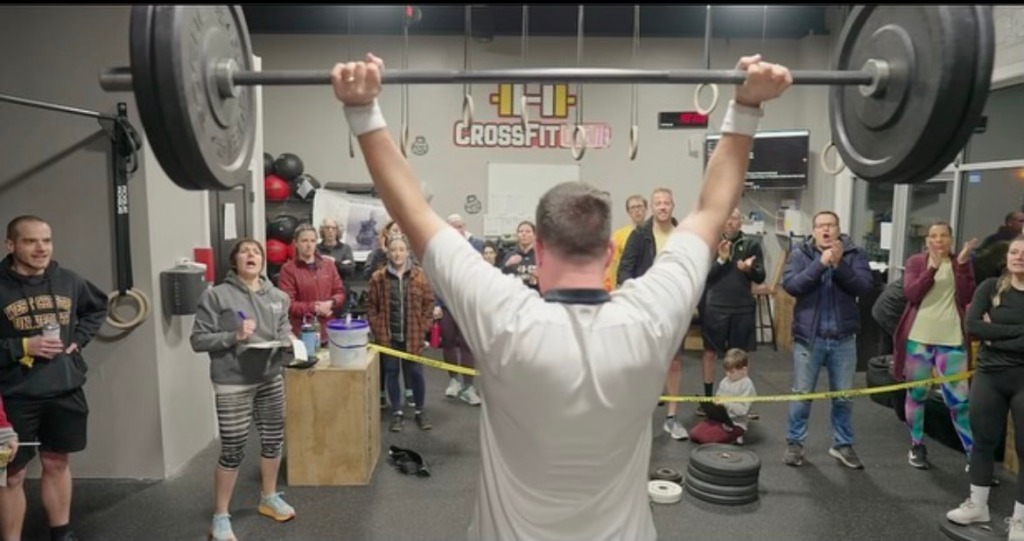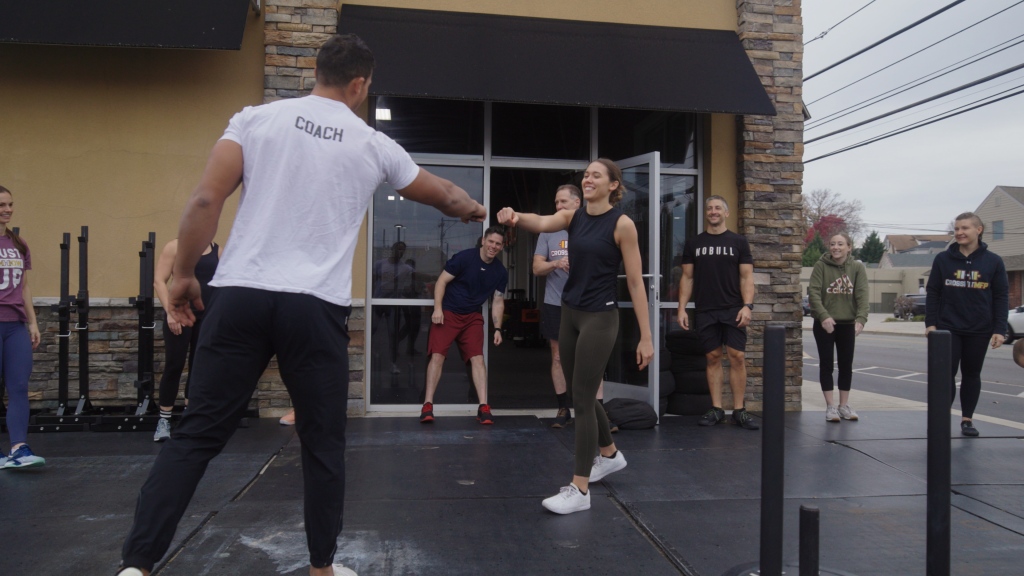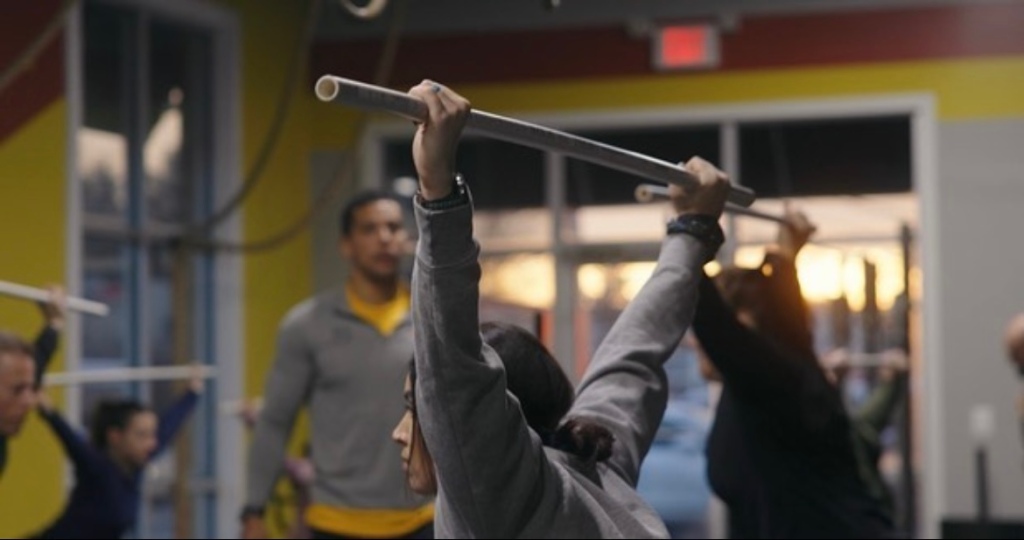The phrase functional fitness is everywhere. You see it on the internet, on social media, and on gym door banners. Over the last 15 years, there has been a huge boom in the trendy use of the term functional within the fitness/physical human performance community. But you must understand that, oftentimes, functional is simply a buzzword and a marketing phrase to make the program appear more appealing.
As a professional within the industry, and someone who has dedicated his life to helping the community achieve a wholistic sense of well-being, I’ve been contemplating the implications of functional fitness and its massive popularity. I find myself rather frustrated most of the time – specifically as functional fitness is losing its meaning. In a sense, it has been corrupted, as our industry oftentimes fails to use it without detailed context.
I pride myself on my ability to provide a detailed explanation of what exactly functional fitness means – to myself and those around me. Beyond that, I have established my brand and fitness business as a Functional Fitness Program. I’ve made a commitment to my communities that they will feel better and be better if they simply show up and incorporate this paradigm shift of exercising into their lifestyles. What I’m saying is this – true functional fitness is a life-changing practice. With great power comes great responsibility (Spider-Man). If you claim to be a proponent of functional fitness, you better do it right. You need a complete understanding of it.
It’s simple and complex all at once – making it a harmonious, beautiful practice. If you grow physically, mentally, emotionally, and spiritually by applying functional fitness in the truest sense, you’re going to get a whole lot more out of this wonderful journey called life. It’s time to get real and talk about it.

Let’s Get Physical – What is Functional Movement?
The fitness industry changed forever when we started to have a conversation on functional movement. CrossFit helped push the idea of functional fitness forward, but before we dive into CrossFit’s definitions, here are some questions that I contemplate when approaching anything related to functional movement.
- Does your physical daily movement translate to your ability to enhance your desired lifestyle?
- Do you feel that you have physical freedom to express yourself physically, emotionally, mentally, and spiritually?
- Do you have specific goals to enhance your performance in the physical realm?
- Do you want your physical abilities to improve your ability to be more cognitively efficient? Do you feel an enhanced sense of emotional/spiritual being? Does being physically “fit” make you happy and connect with others?
Enhancing your Daily Life through Physical Movement
Being more functional means that you can perform everyday tasks with ease and efficiency. This doesn’t have to be something crazy like completing an Iron Man. Rather, the beauty in this is its simplicity. It’s about being capable of lifting groceries/objects, climbing stairs, traveling/hiking, bending down to tie your shoes, getting up off the ground, or carrying your child/grandchild.
Ideally, Functional fitness strives to bridge the gap between gym workouts and real-world movements. In other words, your real-life activities are enhanced and supported by what you do in the gym. Emphasizing functional movement patterns that mimic “natural” movements helps you develop coordination and balance that are useful in various situations (E.g.: Sports to household chores).
Physical Resilience, Adaptability, Prevention of Pain, or Dysfunction
Partaking in physical, functional movement should provide resiliency by training your body to handle a wide range of movements and situations. It helps you adapt to unexpected challenges and reduces the risk of injury. Specifically, as you age, preserving your independence and quality of life is a byproduct of being functional. The training helps you have the strength and mobility to engage in daily activities without limiting dysfunctions. We’re all playing the long game here. It’s about us achieving health to do what we love as we age.
Full-Body Integration – The Realities of Being Functional
Functional movement involves utilizing and engaging multiple muscle groups simultaneously. Specifically, the “Core” is the prime mover for initiating these movements. This means that a functional movement would need to support your spine and overall body alignment. Another factor to consider is that being functional requires symmetry and addresses imbalances within the full body when performing movements.
*Note: I put quotation marks around “Core” because this is another buzzword within the fitness community, oftentimes used without proper context. I’d prefer to use the term “Midline,” which refers to how the pelvis (glutes, hip flexors) connects to the spine (abdominals, erectors, obliques, lats), connects to the shoulder girdle (chest, back, delts, rotator cuff), and how all three integrate when performing a functional exercise.
Cognitive Enhancement through Functional Movement
This is something that is frequently forgotten in mainstream fitness conversations. Ideally, being functional encourages mindfulness and awareness of your body’s movements. This connection between mind and body can lead to improved coordination, better mechanics, and greater control over your movements. In addition, functional movement requires you to problem-solve movement patterns within a routine. This can help you become more adept at navigating physical challenges, which is particularly valuable in sports, recreational activities, or real-life scenarios (walking down steps).

Other Forms of Functional Wellness
A Functional lifestyle transcends the physical. Being functional should not only develop long-term health and wellness by promoting an active lifestyle. If possible, a functional routine also encourages mental growth and spiritual growth. For example: fixating on physical movement, status, or aesthetics can lead to mental health struggles. Are we truly functional if our physical improvements only lead to ego-driven outcomes? No.
If you become obsessed with a physical state or identity, it can lead to unhealthy habits that become isolating. We should look at functionality from a Wholistic perspective – within all forms of wellness. Ideally, being functional goes far beyond physical aesthetics. It’s about cultivating a body that can confidently and effectively engage with the world around you.
Even with all the above information, we are still missing some components of functional movement and its meaning, specifically within our fitness paradigm. I invite you to look from a different lens.
Going Deeper – More About Functional Movement
Let’s take some time to understand Functional Movement Patterns:
Think about your body’s mechanical makeup. You have bones, then muscles that attach to bones, structures to support bones/muscles, and tissues and organs that these bones/muscles/structures protect.
This understanding inspires curiosity about biomechanics (how body structures function), biology (the detailed makeup of the body), and physiology (occurring reactions within the body). Functional movement patterns can enhance all three simultaneously. More importantly, functional exercises do this effectively and efficiently.
- Examples of Functional Movement Patterns: Push, Pull, Hinge, Squat, Carry, Crawl, Rotation, Sprint, Jump, Land (absorb force), Joint and Midline Range of Motion+Stability
- Core to Extremity: The value of these movement patterns comes from their expression to generate force/energy from the inside to the outside. In simple terms, this means the midline/core (the pelvis, spine, and shoulder girdle working as one), initiates your movement. Then, the energy transfers to the extremities (limbs).
Motor Control: When applying functional movement patterns into a fitness-based regimen, it is important to have protocols in place as a “rite of passage.” Just because a movement is functional, it does not mean that every person can jump right into it. Motor control needs to be mastered first. Learn the Force before picking up a lightsaber.
- Why develop Motor Control: Can you feel and think and OWN your body when performing movement? Are you looking for long-term sustainability when applying movement? Do you want to enhance other aspects of your well-being (e.g.: cognitive function)?
So…CrossFit? Defining Fitness Through the CrossFit Methodology
When Greg Glassman developed the CrossFit methodology, he was astounded by the translucent information about the term fitness or defining what It actually meant to be fit. This was a main component of his methodology. He was a trailblazer in a sense – being one of the only people in the industry who provided a clear and precise definition/standard of fitness from a Wholistic perspective. These include:
Standard 1: The 10 Components of Fitness

Before CrossFit, many fitness programs typically isolated developing one component over the other, or individually through a weekly fitness routine. Within the CrossFit model, the goal is to develop components simultaneously through a model of “varied progression.” These components are cardiovascular endurance, stamina, strength, mobility, power, speed, coordination, agility, balance, and accuracy (see diagram for definitions).
Standard 2: Specialize in not Specializing
Being physically fit is about performing well at any and every task imaginable. This suggests that your fitness can be measured by your capacity to perform well at any task (within the 10 components) in relation to other individuals. In practice, this encourages the individual to disinvest in any set notions of sets, rest periods, reps, exercises, order of exercises, routines, periodization, etc. CrossFit methodology implies that being physical, demands you to keep the training stimulus broad and constantly varied.
Standard 3: Energy Systems and Domains
CrossFit is defined by the idea of “work capacity, across broad time and modal domains”. Meaning, how efficiently can you perform a variety of physical tasks, within a variety of scenarios. This brings about integrating the idea of Energy Systems (The Phosphocreatine, The Glycolytic, and Oxidative pathways), as well as the idea of being versatile within the Domains of weightlifting, gymnastics and monostructural movements.
- Energy Systems: Can you sustain a fitness component stimulus (above) for a short, medium, and long period of time?
- Domains: Does your body have the ability to resist gravity/external loads in a variety of ways? Can you express physical movement through your joints and tissues? Are you able to sustain repetitive movement patterns?

In CrossFit, Being Fit is about Finding the Middle Ground
I describe “being fit” as our ability to adapt and increase our resilience to our environment. In addition, it is being able to comply with as many stimuli as possible. Basically, the ability to develop all three standards above. Personally, I encourage and see endless value to developing all standards simultaneously, in a progressive manner. If your goals are to improve your ability and function as a human (via some of the concepts previously mentioned), then variety may have more value for you. Specializing is great if the personal intent/goal is related to a specific performance.
*Coaches Note: This validates The CrossFit Games’ claim to create the “Fittest People on Earth.” Through standardizing a wide variety of BALANCED tests year after year, there have not been any other protocols to match their claim.
The CrossFit Perspective Regarding Health: (Image below) Sickness, Fitness and Wellness:

Basically, CrossFit is saying that you will never truly be “fit” if your physiological parameters go towards the left. If you move the part and look the part…well, great job. More importantly, you must BE the part internally. CrossFit focuses on Nutrition and Health markers just as much as physical development. During Greg Glassman’s final years as CEO, he had a mission to focus on public health. He still is relentlessly attacking Big Pharma and Coca Cola for the dumpster mess that, as Dr. Peter Attia calls it, Medicine 2.0. Greg clearly understood the importance of developing a functional fitness program that had the direct purpose of improving physiological and biological health markers. In addition, CrossFit supports emotional and mental health through community empowerment.
The Outlive Perspective Regarding Health

Dr. Peter Attia looks at two components for people to have longer, more meaningful lives – Life Span and Health Span. In a general overview, he looks at living longer and healthier from the clinical perspective. As Glassman understood the limitations to people improving health, Dr. Attia breaks down these diseases and illnesses that bring us lower on the sickness continuum, thus leading us further away from living our lives to the fullest, functional potential. He deep dives practically and scientifically into the “Four Horsemen” (Metabolic Disease, Heart Disease, Cancer, and neurodegenerative diseases), which are the top instances of death in our society.
He then provides a thorough breakdown of how we can, to the best ability, prevent these issues. This is via Exercise, Nutrition, Sleep, and Emotional Wellness. His Wholistic point of view to improve one’s quality of life resembles his true idea of what functional means. Which is that we must take note of ALL factors that contribute. But, as Dr. Attia suggests with his “Medicine 3.0” method, YOU must be the captain of your ship. Like CrossFit, the goal is to not rely on prescriptions and diagnoses that band-aid our issues. It is about acting!
*Coaches Note: Both CrossFit and Outlive provide so much synergistic content about being a more functional human being. Specifically, from a practical and clinical/scientific perspective. However, I would suggest a missing component would be understanding lifespan and health span from a spiritual lens.

#GetMadFit Tips: The MFP Perspective on Functional Components
- Reflect: Continue to reflect on ways for you to improve your quality of life to live longer, at a more functional capacity. Beyond that, never forget that emotional health is equally important in a Wholistic approach to well-being.
- What Works for YOU?: While gathering all of the information above, hopefully, you have more curiosity about what being fit and functional could look like for YOU. For my community, I encourage people to be open-minded when it comes to movement and our physical potential as human beings. No matter the age, level, or abilities/disabilities, our bodies are meant for physical expression!
- It’s about being FUNctional: In the end, being functional is RELATIVE to the individual. Where do you see value in physical expression, and what TYPE of physical expression (CrossFit, Dance, etc)? Is what you are doing serving you mentally? Meaning, is it FUN to do or does it feel like a JOB to you? Ideally, your protocols become a part of your lifestyle, which is a main component of being functional.
- Skill Development: One thing I encourage my community is to learn new skills, REGARDLESS of it potentially having a functional purpose (in which I always create an intention). Let’s use an example of a controversial exercise in CrossFit, The Snatch. Sure, I would agree that most would not need to do a snatch to live long and hit all the functional points we discussed. I look at movements such as the snatch as a SKILL to understand components of functionality; for example, developing neurologically through more complex movement patterns or using variations to ENHANCE shoulder health and stability. On the other hand, being functional should grant you the ABILITY to learn new skills, simply for the sake of learning new skills. As CrossFit says, “Go learn and play new sports!
- Be Mindful of your Functional Abilities: Do you develop an obsession with an outcome that might motivate you to enhance your performance in a way that leads to a downfall of other health factors (sleep, emotional and mental anxiety, or loss of connection to others)? If so, I would argue that this is not functional. Even if your goals are performance specific, does that benefit you from a wholistic perspective? In many cases, there is an inevitable tradeoff between high performance and overall wellness. Being mindful of these situations requires consistent understanding and reflection to avoid long-term consequences.
**Think about athletes who are the BEST in the world at what they do. I would bet there is a tradeoff of some form of functional wellness to be that great at something.
- What about Aesthetics: Personally, I would be cautious around marketing terms GET SHREDDED, or FAST way to WEIGHT LOSS, etc. Aesthetics are NOT specifically related to being functional physically, mentally, emotionally, and spiritually as you would think. In many cases, I see a DOWNSIDE to someone’s journey that solely focuses on body composition. My recommendation is to focus on all the topics above if you seek true functionality and freedom of disease. Body composition is simply a byproduct of long-term habits consisting of nutrition, physical movement, and genetics. Specifically, focusing on nutrition is a KEY component to wellness markers for a functional lifestyle (living longer, and healthier). Lastly, nutrition is the BASE of the CrossFit pyramid (see image); however, the mindset perspective of nutrition to FUEL your lifestyle versus nutrition for body composition markers would be best practice to achieve a more wholistic approach to living.
*Coaches Note: To learn more about a nutrition program that fuels lifestyle, check out my colleague Amie Landis and her company “Fueling Fitness Nutrition.”
- “Just Show Up” and Get Started: Don’t be overwhelmed by the content here. If your goal is to implement components of functionality, then I suggest you start with small steps over a long period of time. Remember, we’re working for the long haul. Begin to use functional movements within your routine, implement nutrition habits, improve your sleep, and find connections with like-minded individuals.





Leave a comment